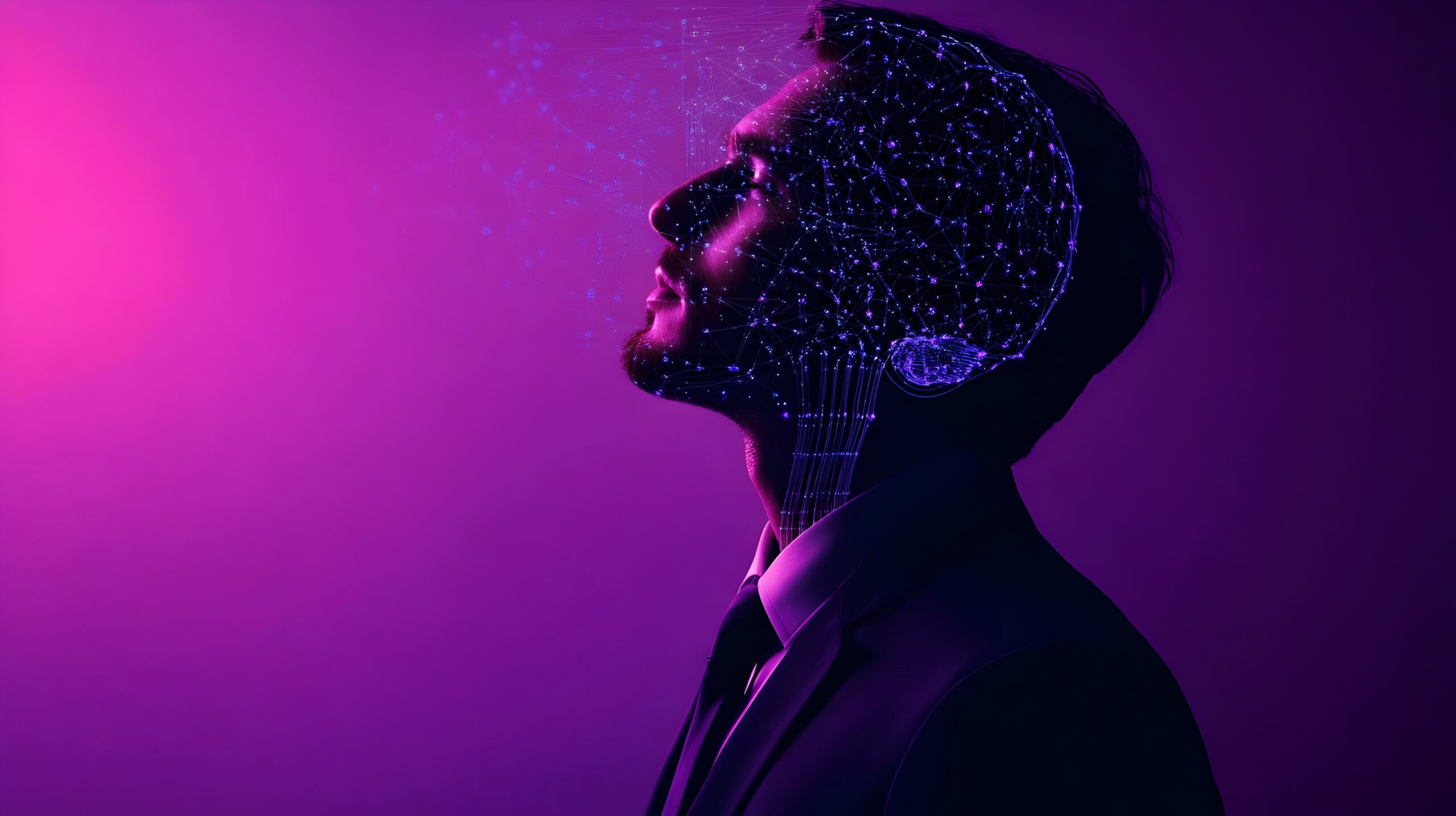The Future of Work: How Emerging Tech is Reshaping IT Leadership
Emerging technologies are changing the face of the workplace like never before. Whether it’s artificial intelligence (AI), cloud computing, automation or remote collaboration tools, tech is not simply altering how we operate — it’s reinventing IT leadership in its own right.
They must manage more than infrastructure and security. They need to be strategic visionaries, innovation drivers, and digital transformation champions. With new technologies on the rise, it must adapt to new roles, responsibilities and expectations.
So how is the IT leadership of the future going to be? How can CIOs, CTOs and IT managers absorb these changes and take their organizations into the future? The prominent trends and emerging technologies that are redefining it, as well as the skills and strategies leaders must adopt to thrive in this constantly evolving digital landscape.
IT Leadership in the Digital Age
Technology Managers Trained as Business Strategists
The IT landscape has drastically changed since its early days when IT leaders just maintained systems and resolved technical issues. Today, business strategy is not without them. By October 2023, Organizations depend on technology for revenue generation, customer experiences, and competition.
IT leaders today are challenged to:
✅ Ensure IT initiatives support business objectives.
✅ Foster innovation and digital transformation.
✅ Provide cybersecurity and data privacy.
✅ Cultivate a growth mindset and a willingness to adapt.
With these responsibilities in mind, let’s look at the technologies changing the game for IT leadership.
Emerging Technologies Bringing Changes to IT Leadership
1. Data science including Artificial Intelligence (AI) and Machine Learning (ML)
Every industry is being impacted by this change, and IT leadership is no exception. From AI-powered automation to predictive analytics and smart decision-making tools, they can automate operations, strengthen cybersecurity, and better manage IT services with them.
Impact on IT Leadership:
- Driven by AI automation, IT manual work is being reduced to a minimum, freeing leaders to think strategically.
- It allows for proactive decision-making and risk management through predictive analytics.
- For instance, AI-powered chatbots and virtual assistants to enhance customer service and IT support.
Actionable Tip: IT leaders need to invest in AI-powered tools and applications for cybersecurity, data analytics, and workflow automation to gain an edge over the curve.
2. Hybrid Workforces, Cloud Computing
As remote and hybrid work proliferates, cloud computing has become a must for business. Swathes of data are then processed by cloud platforms such as AWS, Microsoft Azure and Google Cloud, granting scalable infrastructure, secure data storage, and real-time collaboration tools.
Impact on IT Leadership:
- IT administrators help control cloud security risks and ensure compliance.
- Hybrid workforces need flexibility, demand cloud-based collaboration tools like Slack, Zoom, and Microsoft Teams.
- Optimization of cost is extremely important, as cloud infrastructure architecture grows.
- Improve Legislation: IT leaders should adopt multi-cloud strategies and integrate cloud security solutions to safeguard sensitive data.
3. Security Features: Cybersecurity and Zero Trust Architecture
Due to the rising cyber threats, IT leaders need to take a proactive stance on security. The analysis of the topographical data where the traditional perimeter-based security models fail leads to ZTAforderungen (for a formalized comprehensive zero-trust framework).
Impact on IT Leadership:
- IT leaders need to implement strict access controls and multi-factor authentication (MFA)
- That’s where continuous monitoring and AI-powered threat detection come in.
- GDPR, HIPAA, and ISO 27001 compliance are more important than ever.
Actionable Tip: Adopt Zero Trust security architectures to reduce potential attack vectors and enhance an organization’s cybersecurity posture.
4. The Internet of Things (IoT) and Edge Computing
IoT devices create exponentially more real-time data that must be managed and secured through interconnected systems. Edge computing refers to the process of handling data closer to where it is generated, which reduces latency and increases performance.
Impact on IT Leadership:
- IT teams have to deal with IoT security dangers and firmware updates.
- Edge computing also affords the ability for more immediate decision-making and right-time analytics.
- IT leaders need to ensure smooth data integration across cloud and edge networks.
IoT Tip: Invest in IoT security solutions and establish an edge computing strategy to process gadget data rather quickly in real-time.
5. Automation and DevOps Culture
Automation is redefining IT operations, resulting in quicker software development cycles and minimizing human errors. One of the key tenets of DevOps culture is CI/CD (Continuous Integration, Continuous Delivery, and Continuous Deployment).
Impact on IT Leadership:
- IT leaders need to leverage automation for network management, software testing, and incident response.
- Continuous integration and continuous deployment pipelines let us roll out apps and updates quickly.
- DevSecOps is a solution in which security is inserted into the DevOps framework of working, ensuring secure coding practices.
Tip you can put into action: Inspire diffusion between areas of development, security, and operations to foster digital transformation.
Putting Mentes and Machines Together in the 5.0 Era
With a rapidly changing landscape, IT leaders need to work on themselves and their skill sets to be effective. The top skills IT leaders will need in the future of work are:
1.Chapters( and maybe forever) Exploring Strategic Thinking and Digital Transformation
- IT leaders need to help drive business innovation via technology adoption.
- They must align the IT roadmaps with long-term organizational goals.
2. Cybersecurity Expertise
- You need to learn about cyber risk management.
- IT leaders should build secure IT architectures and compliance frameworks.
3. Training on AI and data analytics literacy
- Data-driven advice for IT leaders with AI Insights
- Data analytics be beneficial in predicting the need of IT Infrastructure and Cyber Threats.
4. Change Management and Agility
- For IT leaders to engage in digital transformation, they must master change management.
- Top management also ensures agility and adapts at the right pace to the changing technological environment.
5. Head of People Management and Collaboration
- IT leaders need to create high-performance teams and drive innovation.
- Bridging the gap between IT and business executives through >effective storytelling

Challenges Facing IT Leaders
1. Bridging the Skills Gap
Due to fast technological evolution, the biggest challenge is skilled IT talent availability. It is important to improve the skills of the current employees by providing continuous learning programs.
2. Managing IT Costs
Budget constraints transform investments in emerging technologies. IT leaders need to ensure that while costs are optimized, innovation and security are also kept in mind.
3. Protecting Data Privacy and Compliance
Data protection and compliance with the laws of the world are becoming essential with stringent data regulations being placed on the IT leaders.
4. Business Alignment — The Key to Enable Digital Transformation
ICT leaders often struggle to correlate tech initiatives with business objectives. Rounding up: Working with executives to make sure technology investments align for business growth.
Conclusion
This mindset, (skills and strategies) is currently being shaped for IT leadership by emerging technologies. IT leaders need to shift from being technology managers to being business strategists embracing AI, cloud computing, automation, and cybersecurity to drive innovation.
In such a changing environment, businesses will need to think strategically, protect cyber security, provide valuable AI-driven insights, and demonstrate robust leadership. IT leaders who will embrace change, push for innovation and get IT in lockstep with the business will not only survive in the future of work, they will thrive.
IT leadership needs to evolve along with technology. Data points you to your allotted path without a few twists beyond the edges of probable paths.




